Hookahhead
Active member
Building a local mix
Building a local mix
Today I threw together a new batch of mix using the following:
Locally produced coco coir
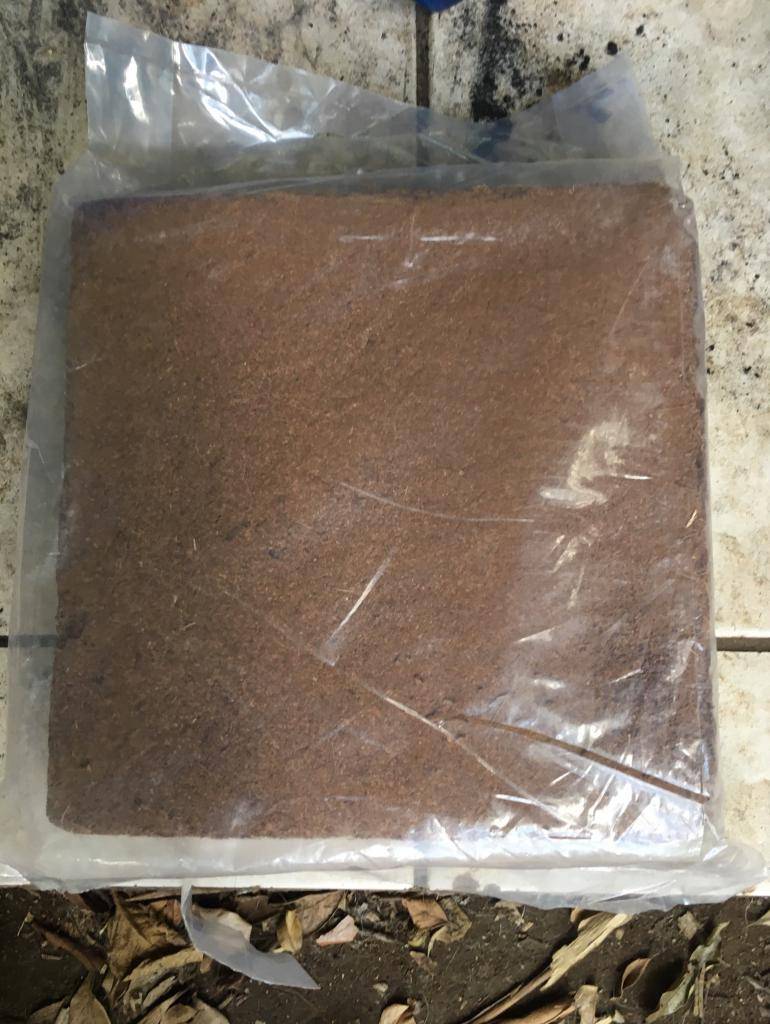
Char + urine - I smashed the chunks of char into powder and small pieces. I added 2 liters of lacto fermented urine. I start with a fresh lacto serum mixed with a TBS of molasses. Then I pee into the container, squeezing out the air and replacing the lid. It’s just me doing this, so it takes a few days to fill up. Once full I let it sit for another week. The acid in the lacto prevents the break down of urea into ammonia, which would happen if you just let the urine sit. There is no odor at all, if anything it’s a little sweet from the molasses. The char does an excellent job holding onto the urea.
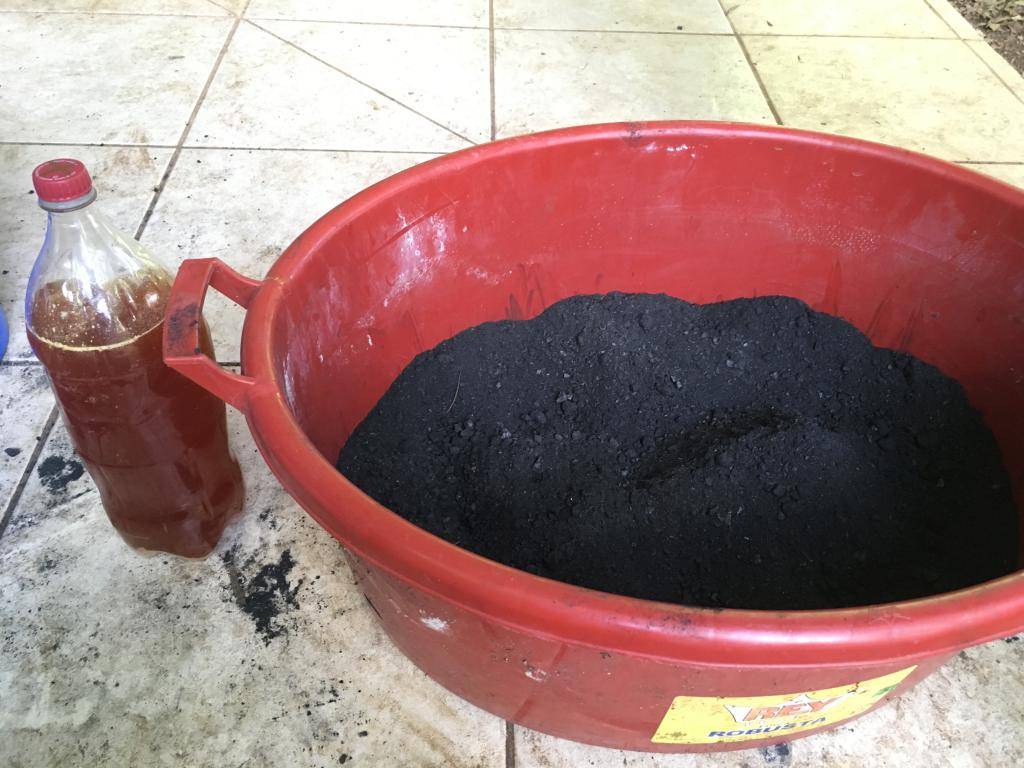
Cricket Frass - A friend of mine raises crickets to process into protein powders for human consumption. I’m not really sold on drinking cricket shakes, but I’ll happily take the large free sacks of “waste” he offers. It’s a mix of cricket poo, insect bodies, and corn (left over feed). The bodies are high in chitin, and the corn is a great carbohydrate for the microherd .
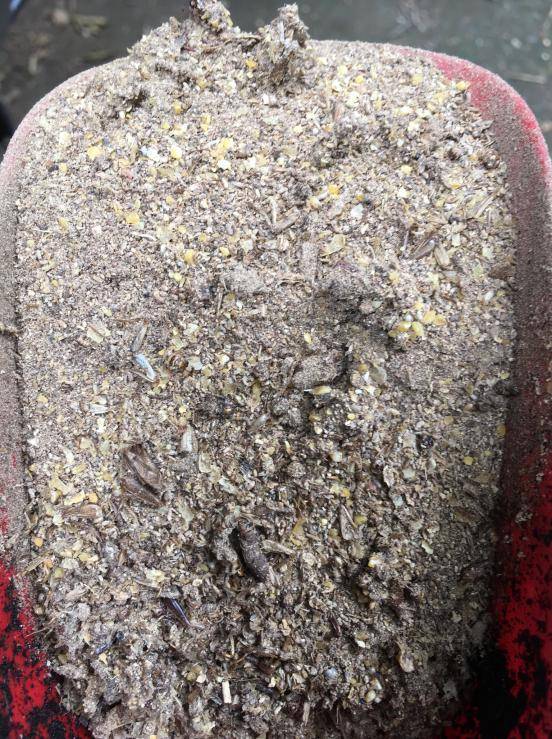
Mushroom Manure - I collected some cow patties that had been actively growing mushrooms. I watered and harvested these for about 3 weeks. They are no longer producing, so they got crumbled and mixed in.
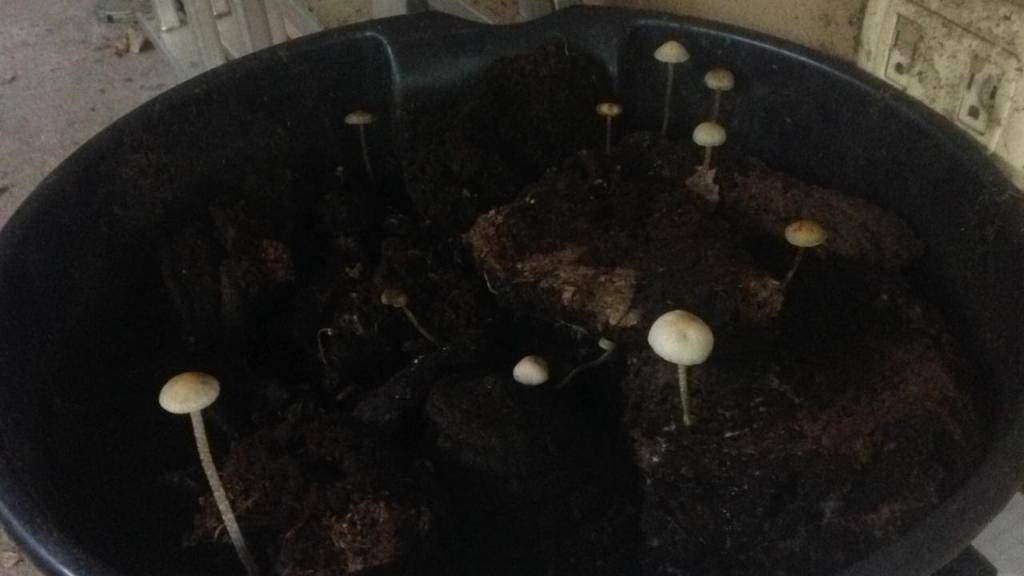
Rice hulls with bokashi starter - local rice hulls inoculated with bokashi starter. They provide aeration similar to perlite, and add silica as they break down. They are slow to break down though and persist through at least 1 grow cycle.
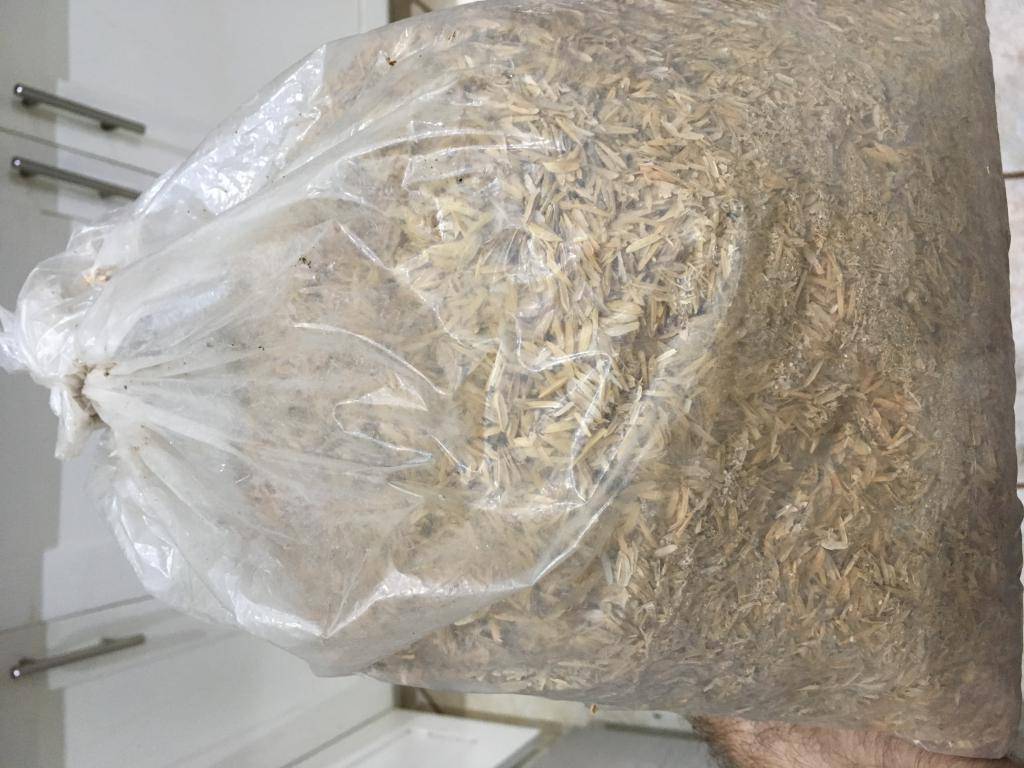
Building a local mix
Today I threw together a new batch of mix using the following:
Locally produced coco coir
Char + urine - I smashed the chunks of char into powder and small pieces. I added 2 liters of lacto fermented urine. I start with a fresh lacto serum mixed with a TBS of molasses. Then I pee into the container, squeezing out the air and replacing the lid. It’s just me doing this, so it takes a few days to fill up. Once full I let it sit for another week. The acid in the lacto prevents the break down of urea into ammonia, which would happen if you just let the urine sit. There is no odor at all, if anything it’s a little sweet from the molasses. The char does an excellent job holding onto the urea.
Cricket Frass - A friend of mine raises crickets to process into protein powders for human consumption. I’m not really sold on drinking cricket shakes, but I’ll happily take the large free sacks of “waste” he offers. It’s a mix of cricket poo, insect bodies, and corn (left over feed). The bodies are high in chitin, and the corn is a great carbohydrate for the microherd .
Mushroom Manure - I collected some cow patties that had been actively growing mushrooms. I watered and harvested these for about 3 weeks. They are no longer producing, so they got crumbled and mixed in.
Rice hulls with bokashi starter - local rice hulls inoculated with bokashi starter. They provide aeration similar to perlite, and add silica as they break down. They are slow to break down though and persist through at least 1 grow cycle.





